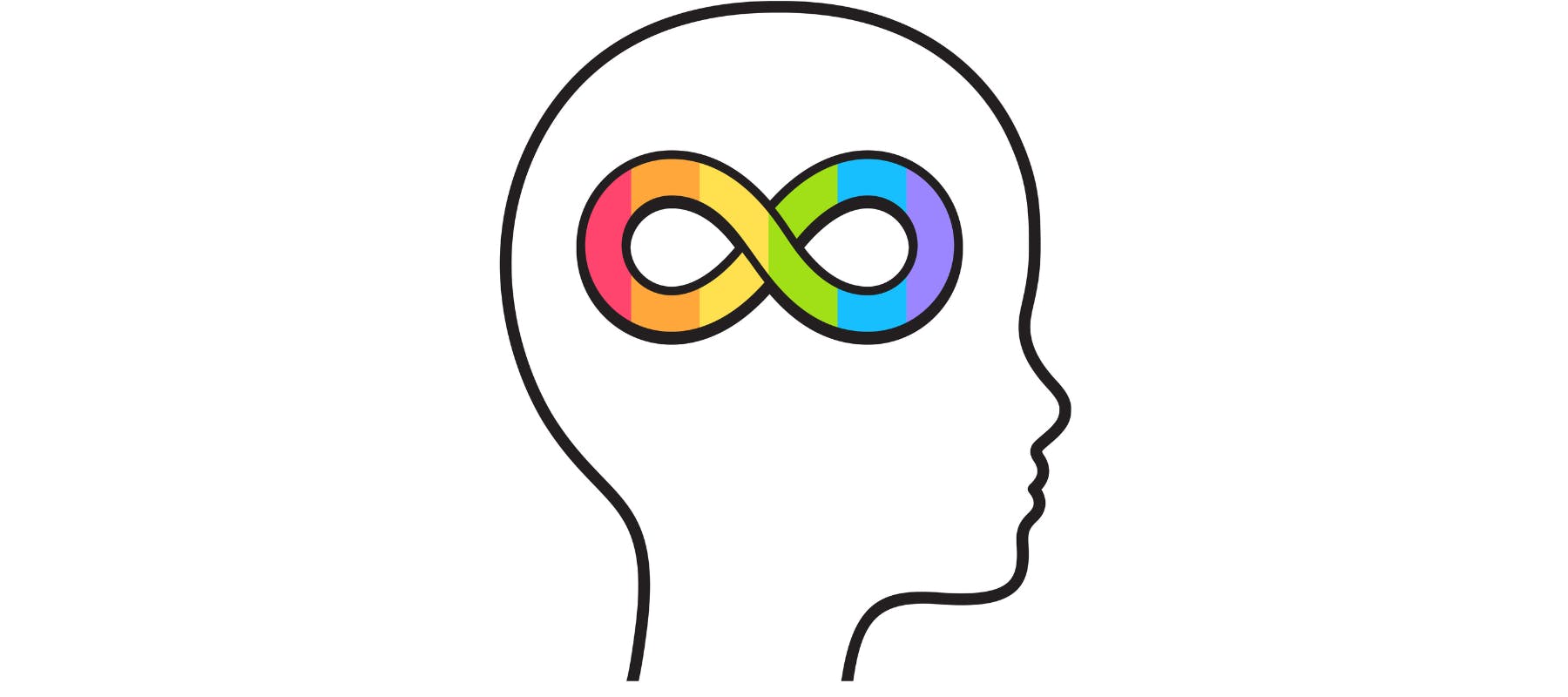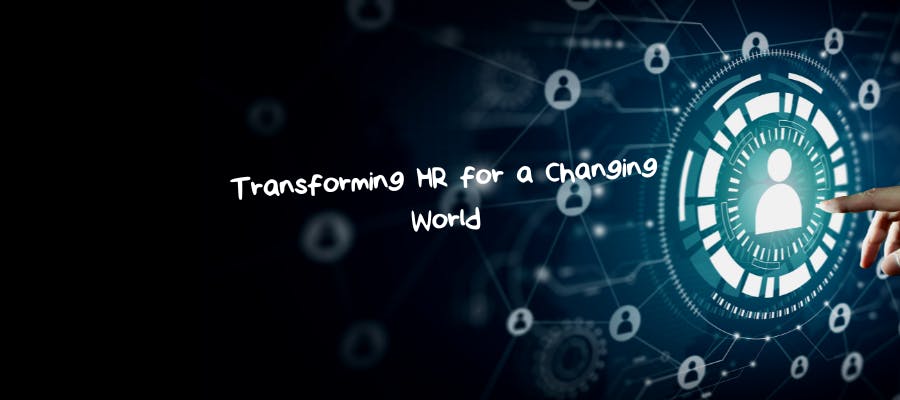First published on Wednesday, March 20, 2024
Last updated on Monday, March 18, 2024
This week is Neurodiversity Celebration Week! A worldwide awareness day to challenge stereotypes. And help the world to understand, value and celebrate the talents of neurodiverse minds.
Australia has a huge neurodiverse population—30-40% of the population. That includes approximately 1 in 70 people with autism alone, according to estimates by Autism Spectrum Australia in 2018. Despite being such a large community, there’s an even larger neurodiversity recruitment problem.
Neurodiverse people often can’t find work or, if they are working, feel their employers don’t support them as much as they could in the workplace, and the statistics back this up.
According to the Australian Bureau of Statistics, the unemployment rate for people with autism was 34.1%, which is over three times the rate for people with a disability (10.3%) and nearly eight times the rate of people without disability (4.6%).
Thankfully, this is easy to address. Read on this Neurodiversity Celebration Week as we look deeper into neurodiversity, its conditions, and what it can bring to your workplace.
What is neurodiversity?
Neurodiversity refers to the way that everyone’s brains work differently from one another. It’s just like fingertips. Your brain is unique, and its abilities will be unique to you, too.
Most people are neurotypical, or ‘not neurodivergent', which means they think and behave in a way that the world around them sees as ‘normal'.
However, hundreds of thousands of people think, act, behave, and interpret information in ways that are different to the majority. This is the neurodiverse community.
What are neurodiverse conditions?
What we know about the brain is always changing. As a result, so will the list of what counts as neurodiverse. However, these are just some common examples of neurodiverse conditions:
- Autism
- Attention deficit hyperactivity disorder (ADHD)
- Dyslexia
- Dyspraxia
- Dyscalculia
- Dysgraphia
- Tic disorders such as Tourette’s syndrome
All of these conditions exist on a spectrum and vary between individuals. People with these conditions can be completely different from one another, and often completely indistinct from your neurotypical staff members. This is because a diagnosis or condition isn’t always visible.
Now, let’s move on to neurodiversity at work…
Why do neurodiverse people struggle to find work?
Recent data from the Australian Bureau of Statistics suggests that just 38% of autistic people of working age are participating in the labour force. This is a huge waste of potential.
Traditionally, the subject of supporting neurodiversity in the workplace has been one of disability, a view that focuses on what people can’t do, rather than what they can.
Being neurodiverse can supply skills and abilities that may not be entirely obvious. For example, somebody with ADHD may have incredible talents for creativity, but in the wrong teaching environment, their grades in other subjects might suffer.
Why do managers struggle to discuss neurodiversity?
The simple answer is that no manager wants to say the wrong thing.
Trying to discuss neurodiversity at work often veers towards trying to overcompensate, treating staff as less capable than they are, or avoiding the conversation entirely for fear of saying the wrong thing.
As an employer, you can recognise neurodivergent employees’ skills and support them through any difficulties at the same time.
The most important factor is communication. Understanding somebody’s abilities and strengths should be a day-to-day skill for management staff. Approaching neurodiversity in a similar way is the key to understanding their needs.
Simply sit with your employee or candidate and ask: what can we do for you?
If these employees are disabled, and protected by the law, it becomes your responsibility to make any reasonable adjustments to remove the barriers that neurodiverse employees may face at work because of their condition. This is the case whether it’s a late diagnosis into somebody’s career or a brand-new staff member.
What can neurodiversity bring to the workplace?
While it varies from person to person, recruiting neurodiverse staff can bring a host of unique skills. Neurodiverse employees may excel at:
- Problem-solving
- Creativity
- Consistency
- Spotting trends and patterns
- Processing information quickly
- Data analysis
- Risk assessments
- Attention to detail
These skills aren’t easily reflected in test results and certificates, so adapting your hiring process can be just as important as adapting the workplace environment.
Beyond these skills, your company will benefit from different perspectives and talent pools. This can lead to inventiveness and innovation in the workforce, which in turn will lead to greater agility and versatility for the future. Simply put, you shouldn’t just consider neurodiversity in the workplace during Neurodiversity Celebration Week—it should be a constant consideration.
For more information, check out the Neurodiversity Celebration Week website, which is loaded with useful resources and guides.
Adapting for neurodiversity at work
We’ve only scratched the surface today as to what neurodiversity can bring to your business. And as an employer, you have a duty to make reasonable allowances to support your neurodiverse staff.
So, from recruitment to working conditions—BrightAdvice is here to give you the expert guidance and support you need to effectively champion neurodiverse people in your workplace. Make sure you’re aware of and can prevent the barriers that stand in the way of your staff’s success.
Not a BrightAdvice customer? Discover more about our expert advice line.






